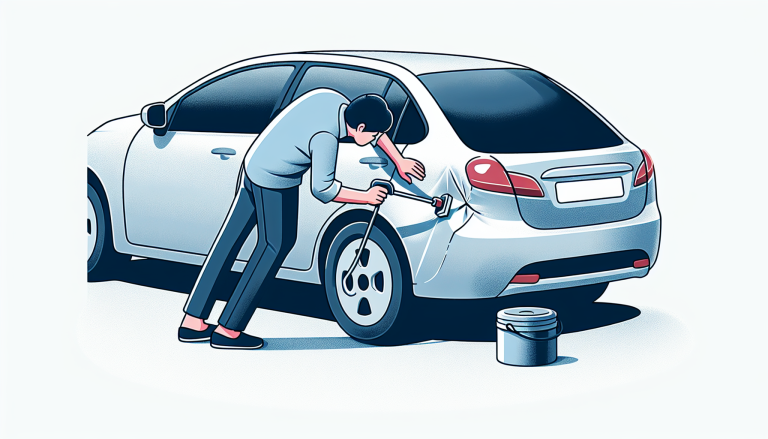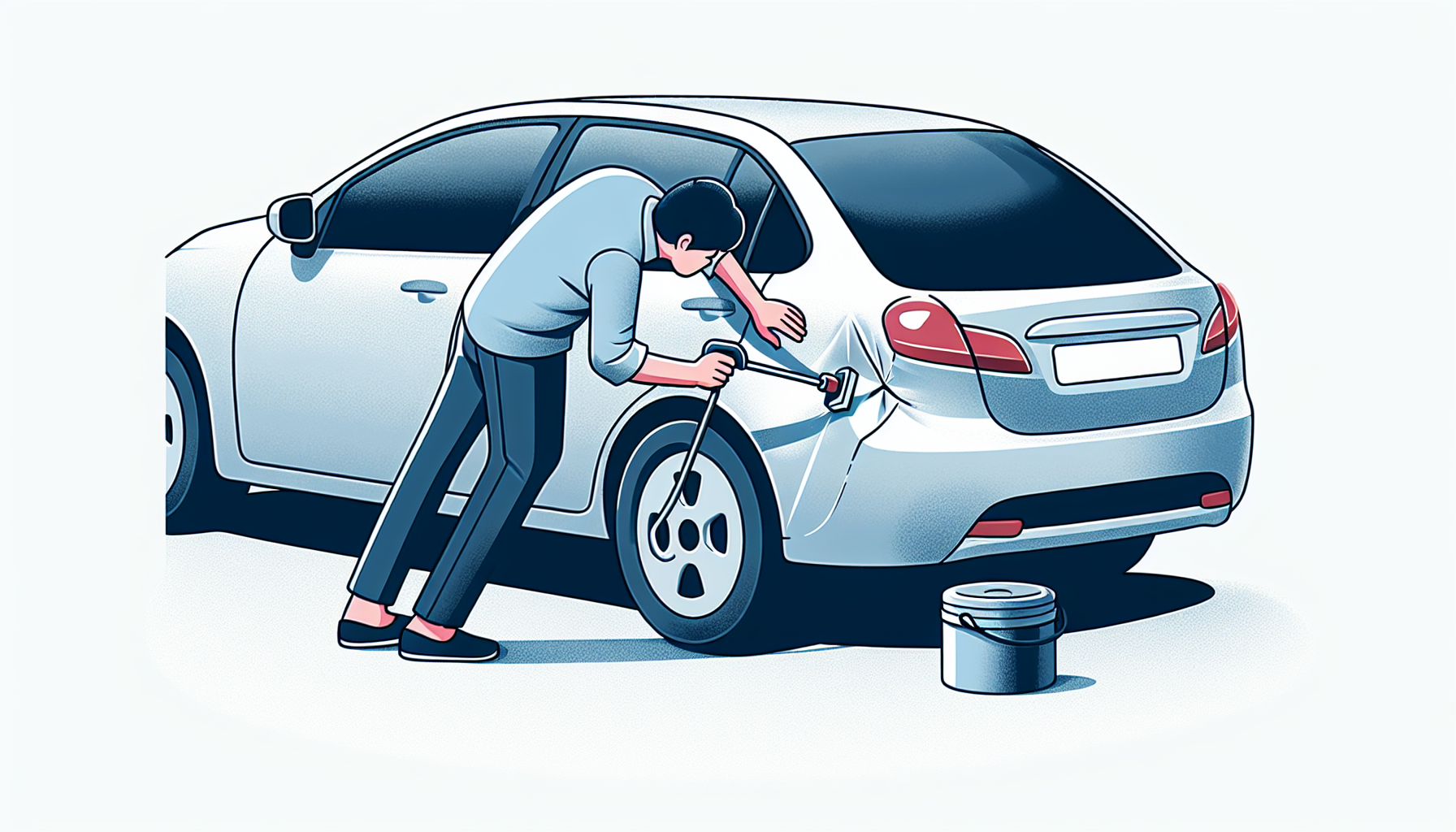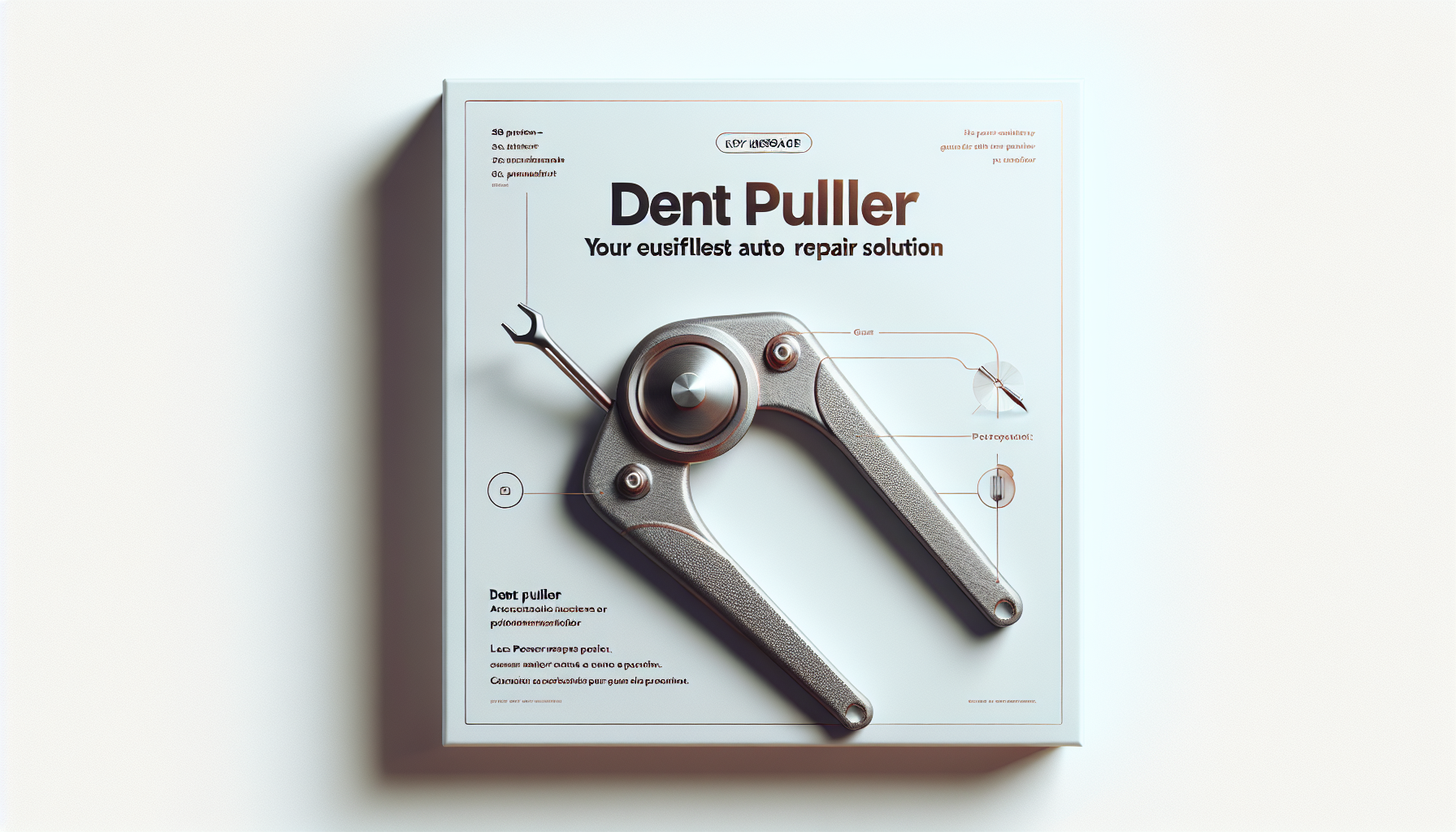Mastering the Art of Paintless Dent Repair: A Step-by-Step DIY Guide
Dents and dings are an inevitable part of car ownership, but with the right techniques, you can restore your vehicle’s flawless appearance without costly trips to the body shop. Paintless Dent Repair (PDR) is a highly effective, cost-efficient method that allows you to smooth out dents from the inside out, preserving your car’s original paint job.
As the go-to expert for all things dent-related, I’m excited to share my step-by-step guide on how you can tackle paintless dent repair as a DIY project. Whether you’re a seasoned DIYer or a complete beginner, this detailed tutorial will walk you through the process and equip you with the knowledge and tools to achieve professional-grade results.
Understanding Paintless Dent Repair
Paintless Dent Repair is a highly effective technique that utilizes specialized tools to gently massage the dented area from the backside of the panel, slowly and carefully restoring the original shape without the need for any paint work. This non-invasive approach is ideal for repairing minor to medium-sized dents, as well as hail damage, door dings, and other types of surface-level damage.
The key advantages of PDR include:
– Preserves the original factory paint
– Cost-effective compared to traditional body shop repairs
– Faster turnaround time, as there’s no need for painting or body filler
– Environmentally friendly, as no solvents or paints are involved
Preparing for Your DIY Paintless Dent Repair
Before you get started, it’s important to assess the type and severity of the dent you’re dealing with. Paintless Dent Repair is best suited for shallow, rounded dents without any paint damage or creases. Deeper, sharper dents or dents with paint cracking may require additional techniques or the expertise of a professional.
Here’s what you’ll need to get started:

– PDR tools: These include a variety of specialized tools like dent removal rods, slides, and tools with different tips to manipulate the metal from the backside of the panel.
– Lighting: Bright, focused lighting will help you clearly see the dent and monitor your progress.
– Clean, dry work area: Ensure you have a clean, well-lit workspace with enough room to maneuver around the vehicle.
Step-by-Step Guide to DIY Paintless Dent Repair
Now, let’s dive into the step-by-step process of repairing a dent using the paintless dent repair technique:
1. Assess the Dent: Carefully examine the dent, noting its size, depth, and location. This will help you determine the appropriate tools and techniques to use.
2. Access the Backside of the Dent: Gain access to the backside of the dented panel. This may involve removing interior trim, door panels, or other components to expose the area behind the dent.
3. Set Up Your Lighting: Position your lighting system to cast a bright, focused light on the dented area. This will help you clearly see the contours and monitor your progress.
4. Start Massaging the Dent: Using your PDR tools, gently massage the dented area from the backside, slowly and methodically pushing the metal back into its original shape. Apply light, even pressure and avoid making sharp, forceful movements.
5. Check Your Progress: Regularly step back and inspect the dent under the bright lighting. Look for any high or low spots that need further attention.
6. Refine the Repair: Continue adjusting the dent with your tools, focusing on any remaining high or low spots. Work slowly and patiently, taking breaks as needed to avoid overworking the metal.
7. Inspect and Finish: Once you’re satisfied with the repaired area, give it a final inspection. If necessary, use a finishing tool to lightly smooth out any remaining imperfections.
Throughout the process, it’s important to maintain a gentle, patient approach. Paintless Dent Repair requires a delicate touch, as applying too much force can worsen the damage or create new issues. If you encounter any challenges or feel unsure about the process, don’t hesitate to seek the guidance of a professional PDR technician.
Difficulty Level and Dent Types
The difficulty level of a DIY paintless dent repair project can vary depending on the size, depth, and location of the dent. Generally, smaller, shallower dents are easier to repair, while deeper, more severe dents may require more skill and experience.
Here’s a quick overview of the different dent types and their corresponding difficulty levels:
– Minor dents (1-2 inches in diameter): Easy to moderate difficulty
– Moderate dents (2-4 inches in diameter): Moderate difficulty
– Severe dents (4+ inches in diameter): Moderate to high difficulty
– Dents with paint damage or creases: High difficulty, may require professional assistance
Remember, it’s always better to err on the side of caution and seek professional help if you’re unsure about your ability to successfully complete the repair.
For a visual demonstration of the paintless dent repair process, check out this [no-follow] video tutorial: [insert link to demonstration video].




